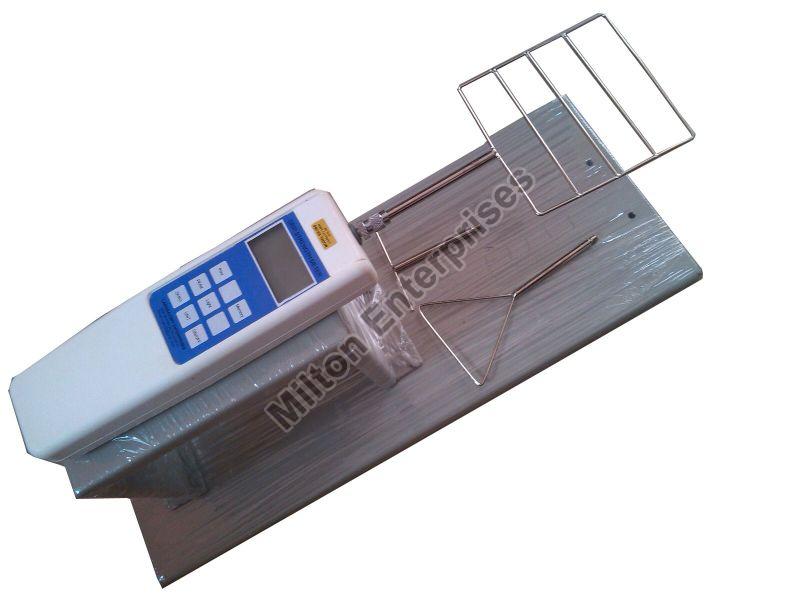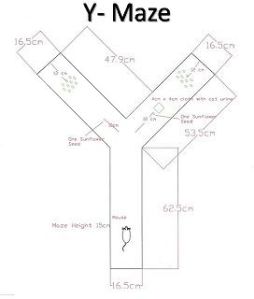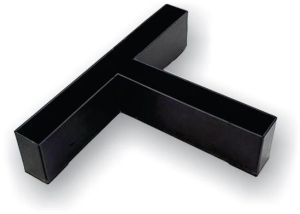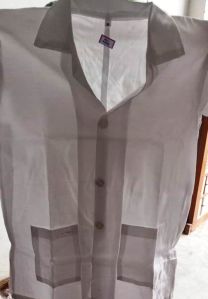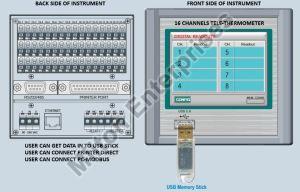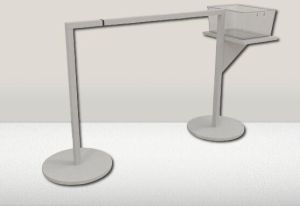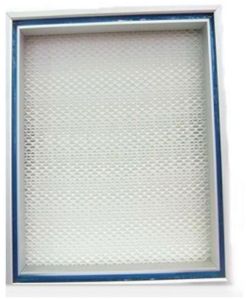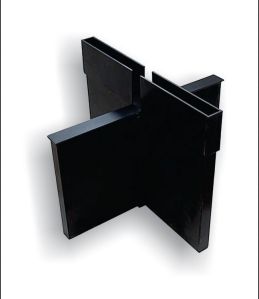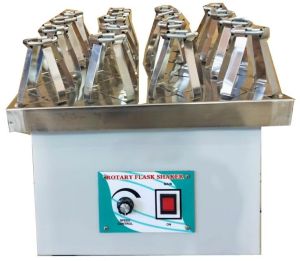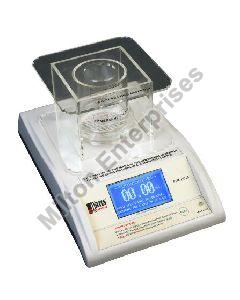login2le@gmail.com View Mobile Number
- Send SMS Send Email
| Business Type | Manufacturer, Exporter, Supplier |
| Brand Name | Milton Enterprises |
| Color | Ivory |
| Condition | New |
| Click to view more | |
Product Details
Grip strength meters are commonly used in research settings to assess the muscular strength of rodents, including rats and mice. Here's how they are utilized:
Muscular Function Assessment: Grip strength meters provide a quantitative measure of the muscular strength of rodents by assessing their ability to grasp and hold onto a horizontal bar or grid with their forelimbs. This measurement reflects the overall neuromuscular function and is particularly useful in studies focused on muscle physiology, aging, neuromuscular disorders, and drug efficacy testing.
Phenotypic Characterization: Grip strength measurements can be used as part of phenotypic characterization in animal models. Differences in grip strength between groups of rodents, such as strains, genders, ages, or experimental conditions, can provide insights into genetic factors, aging processes, disease progression, or the effects of interventions.
Neurological and Neuromuscular Disorders: Grip strength meters are valuable tools for studying neurological and neuromuscular disorders in rodents. Changes in grip strength can indicate motor deficits associated with conditions such as muscular dystrophy, amyotrophic lateral sclerosis (ALS), spinal cord injury, or peripheral neuropathy. Researchers can use grip strength measurements to track disease progression, evaluate therapeutic interventions, or screen potential drug candidates.
Pharmacological Studies: Grip strength assessments are often included in pharmacological studies to evaluate the effects of drugs or treatments on muscular function. For example, researchers can investigate the impact of muscle relaxants, analgesics, or muscle-building agents on grip strength in rodent models. These studies help assess the safety and efficacy of therapeutic interventions targeting muscular function.
Aging Research: Grip strength measurements are commonly used in aging research to assess age-related changes in muscular function and frailty in rodents. By longitudinally monitoring grip strength in aging animals, researchers can evaluate the progression of age-related decline in muscular strength and explore interventions to mitigate age-associated deficits.
Overall, grip strength meters serve as valuable tools for assessing muscular function and studying a wide range of physiological and pathological conditions in rodent models, contributing to our understanding of neuromuscular biology and the development of therapeutic strategies.
Looking for "Grip Strength Meter for Rat & Mice" ?
Explore More Products


